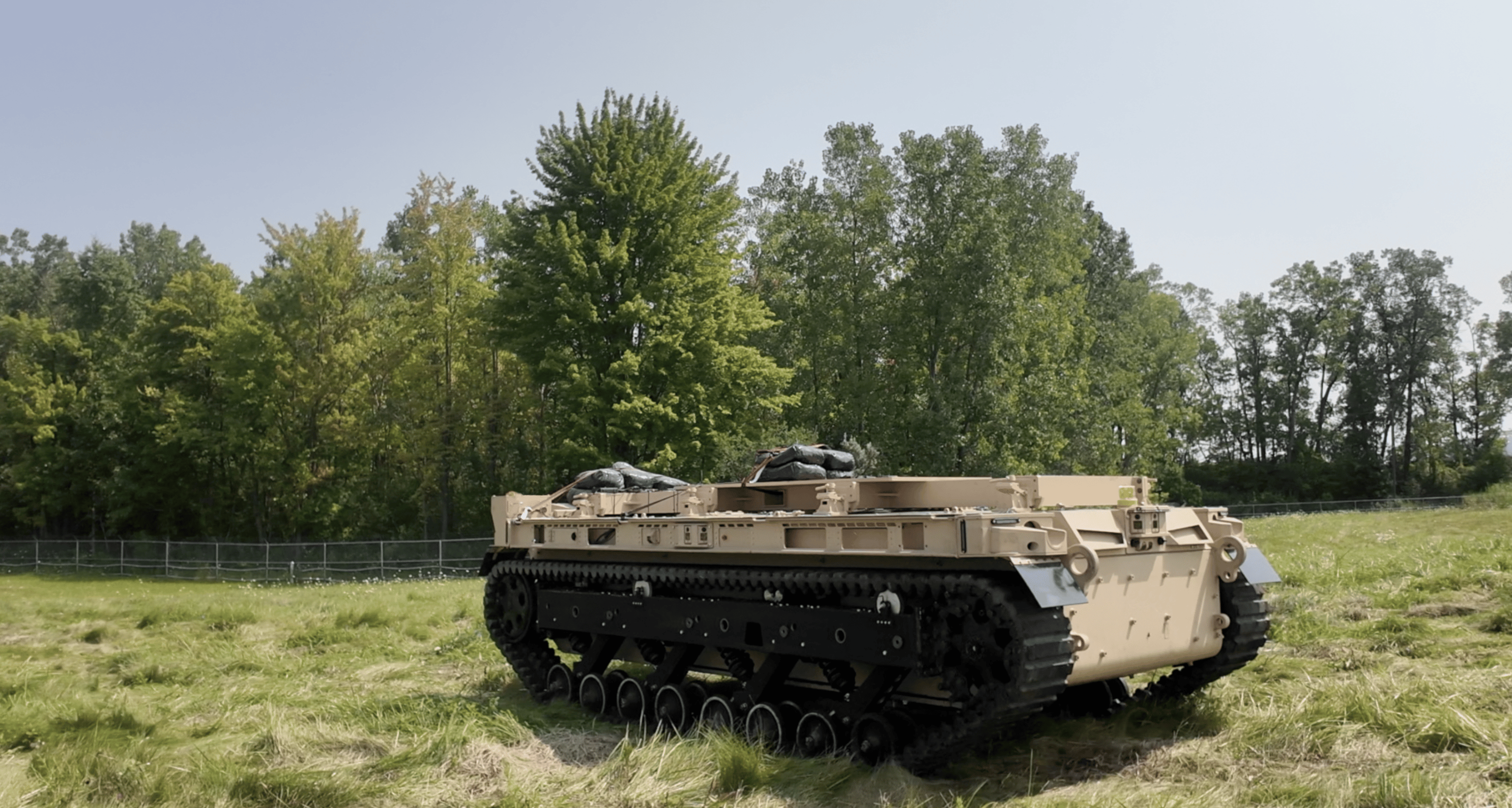EN 13501 Fire Retardance Testing of Vehicle Interior Materials
The EN 13501-1 standard is a key European regulation that specifies the requirements for fire safety in vehicles. This test evaluates the resistance to ignition and flame spread characteristics of materials used within vehicle interiors, ensuring they meet stringent fire protection standards. This service is essential for manufacturers aiming to comply with legal requirements and enhance passenger safety.
The importance of this testing cannot be overstated, especially given the increasing number of incidents involving fires in vehicles worldwide. The test involves exposing specimens cut from the interior materials to a specific flame under controlled conditions to measure their performance against ignition, smouldering, and flame spread. Compliance with EN 13501-1 is mandatory for manufacturers selling vehicles within the European Economic Area (EEA).
Our laboratory specializes in providing accurate and reliable testing services according to this standard. Our team of experts ensures that every test adheres strictly to the specified conditions, ensuring consistent results across multiple samples. This is particularly crucial when dealing with diverse materials such as upholstery, trimmings, and other interior components.
The process involves several steps to ensure accurate measurement and reporting. Specimens are cut from the material in question according to standard dimensions provided by EN 13501-1. These specimens undergo a series of tests designed to simulate real-world scenarios where these materials might be exposed to fire hazards. The results provide insights into how well the materials perform under such conditions.
In addition to the physical testing, our team also conducts detailed analysis and provides comprehensive reports that include all relevant data points derived from the experiments. These reports are crucial for manufacturers as they help identify areas where improvements can be made regarding fire safety features in vehicle interiors. They serve not only compliance purposes but also contribute significantly towards improving overall product quality.
Compliance with EN 13501-1 is essential not just for legal reasons but also because it enhances the reputation of your brand among consumers who value safety above all else. By offering this testing service, we aim to support you in meeting these critical standards while enhancing the reliability and safety of products destined for use within EEA markets.
Scope and Methodology
| Aspect | Description |
|---|---|
| Test Specimens | Cut from the material under test, following precise dimensions as specified in EN 13501-1. |
| Ignition Source | A propane burner or other equivalent ignition source complying with relevant specifications. |
| Testing Chamber | Airtight chamber capable of maintaining consistent temperature and humidity levels throughout the test duration. |
| Data Collection | Including time-to-ignition, flame spread rate, heat release rate (HRR), and smoke production index. |
The testing chamber is crucial for maintaining controlled conditions during the experiment. It ensures that all samples are exposed to identical environmental factors, thereby providing more accurate comparisons between different materials. The data collected from these tests forms the basis of our reports which outline how well each material withstands fire exposure.
Quality and Reliability Assurance
We understand the critical nature of this testing service for military vehicle manufacturers. Our commitment to quality is reflected in every aspect of our operation, from specimen preparation to final analysis. We have stringent protocols in place that ensure each test adheres precisely to EN 13501-1 requirements.
- Compliance with ISO/IEC 17025 standards for testing laboratories.
- Dedicated training programs for all staff involved in conducting these tests.
- Regular calibration and validation of test equipment to maintain accuracy.
Our rigorous quality assurance measures not only guarantee accurate results but also help build trust with our clients. By adhering strictly to industry best practices, we ensure that you receive reliable data upon which important decisions can be made regarding your product designs.
Environmental and Sustainability Contributions
- Reduction in risk of fire incidents within vehicles leading to safer interiors.
- Promotion of sustainable practices by encouraging manufacturers to choose flame retardant materials that are less harmful to the environment during production and disposal.
- Enhancement of overall vehicle safety features contributing positively towards reducing accidents involving fires.
The benefits extend beyond mere compliance; they encompass broader societal impacts as well. By ensuring fire safety standards are met, we contribute significantly toward creating safer environments for everyone. Additionally, our focus on sustainability aligns with global efforts aimed at minimizing environmental impact across various industries including automotive manufacturing.





